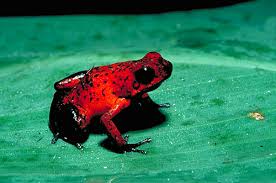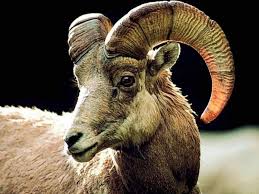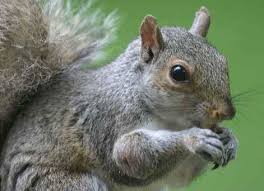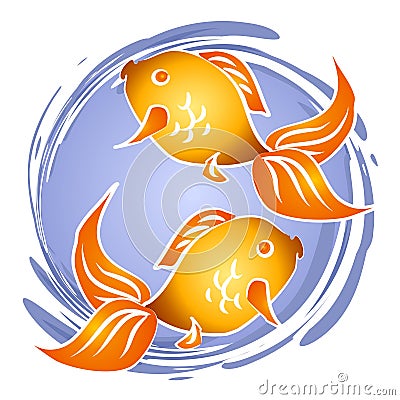小鼷鹿
中文学名: 小鼷鹿
中文目名: 偶蹄目
中文科名: 鼷鹿科
中文属名: 鼷鹿属
同物异名: Cervus javanicus, Tragulus javanicus williamsoni,
中文俗名: 鼠鹿 小鹿 小鼷鹿 马来亚鼷鹿 改范
拉丁文目名: ARTIODACTYLA
拉丁文科名: Tragulidae
拉丁文属名: Tragulus
拉丁文种名: williamsoni
物种命名人及年代: Kloss, 1916
And now a story for you on Lesser Mouse Deer...
Outwitting a Crocodile
A Traditional Malaysian Folktale
Retold by Chok Yoon Foo from Malaysia
Sang Kancil is a clever, tricky mouse deer who is always finding himself in predicaments with animals that want to eat him or harm him, but he cleverly manages to escape each time. In this story, Sang Kancil outwits a big, bad crocodile.
He stepped on each crocodile, counting each one, and finally reached the other side of the river.
Sang Kancil was a clever mouse deer. Whenever he was in a bad situation, he always played a clever trick to escape. In this story, Sang Kancil outwitted Sang Buaya, a big, bad crocodile, who wanted to eat him.
There were many trees whereSang Kancil's lived along the river, so he never had trouble finding food. There were always lots of leaves. He spent his time running and jumping and looking into the river.
Sang Buaya, the big bad crocodile, lived in the river with other crocodiles. They were always waiting to catch Sang Kancil for dinner. One day when Sang Buaya was walking along the river, he saw some delicious fruit on the trees on the other side the river.
Sang Kancil wanted to taste the tasty-looking fruit because he was a little tired of eating leaves. He tried to think of a way to cross the river, but he had to be careful. He didn't want to be caught and eaten by Sang Buaya. He needed to trick Sang Buaya.
Sang Kancil suddenly had an idea He called out to the crocodile, "Sang Buaya! Sang Buaya!" Sang Buaya slowly came out of the water and asked Sang Kancil why he was shouting his name. He asked Sang Kancil, "Aren't you afraid I will eat you?" Then he opened his big mouth very wide to scare Sang Kancil.
Sang Kancil said, "Of course, I am afraid of you, but the king wants me to do something. He is having a big feast with lots of food, and he is inviting everyone, including you and all the other crocodiles. But first, I have to count all of you. He needs to know how many of you will come. Please line up across the river, so I can walk across your heads and count all of you."
Sang Buaya was excited and left to tell the other crocodiles about the feast with all the good food. Soon, they came and made a line across the river. Sang Kancil said, "Promise not to eat me because or I can't report to the king how many of you are coming. They promised not to eat him.
Sang Kancil stepped on Sang Buaya's head and counted one. Then he stepped on the next one and said, "Two." He stepped on each crocodile, counting each one, and finally reached the other side of the river. Then he said to Sang Buaya,"Thank you for helping me to cross the river to my new home."
Sang Buaya was shocked and angry. He shouted at Sang Kancil, "You tricked us! There is no feast, is there?" All of the crocodiles looked at Sang Buaya angrily. They were angry because he let Sang Kancil trick all of them.
Sang Kancil loved his new home on the other side of the river because he had a lot of tasty food to eat. Poor Sang Buaya was not so lucky. After that, none of the other crocodiles ever talked to him again.
Source:
http://hanyu.iciba.com/wiki/264960.shtml
http://www.topics-mag.com/folk-tales/folk-tale-cleverness-mayl.htm

















































